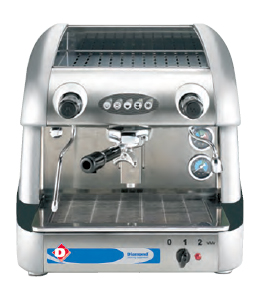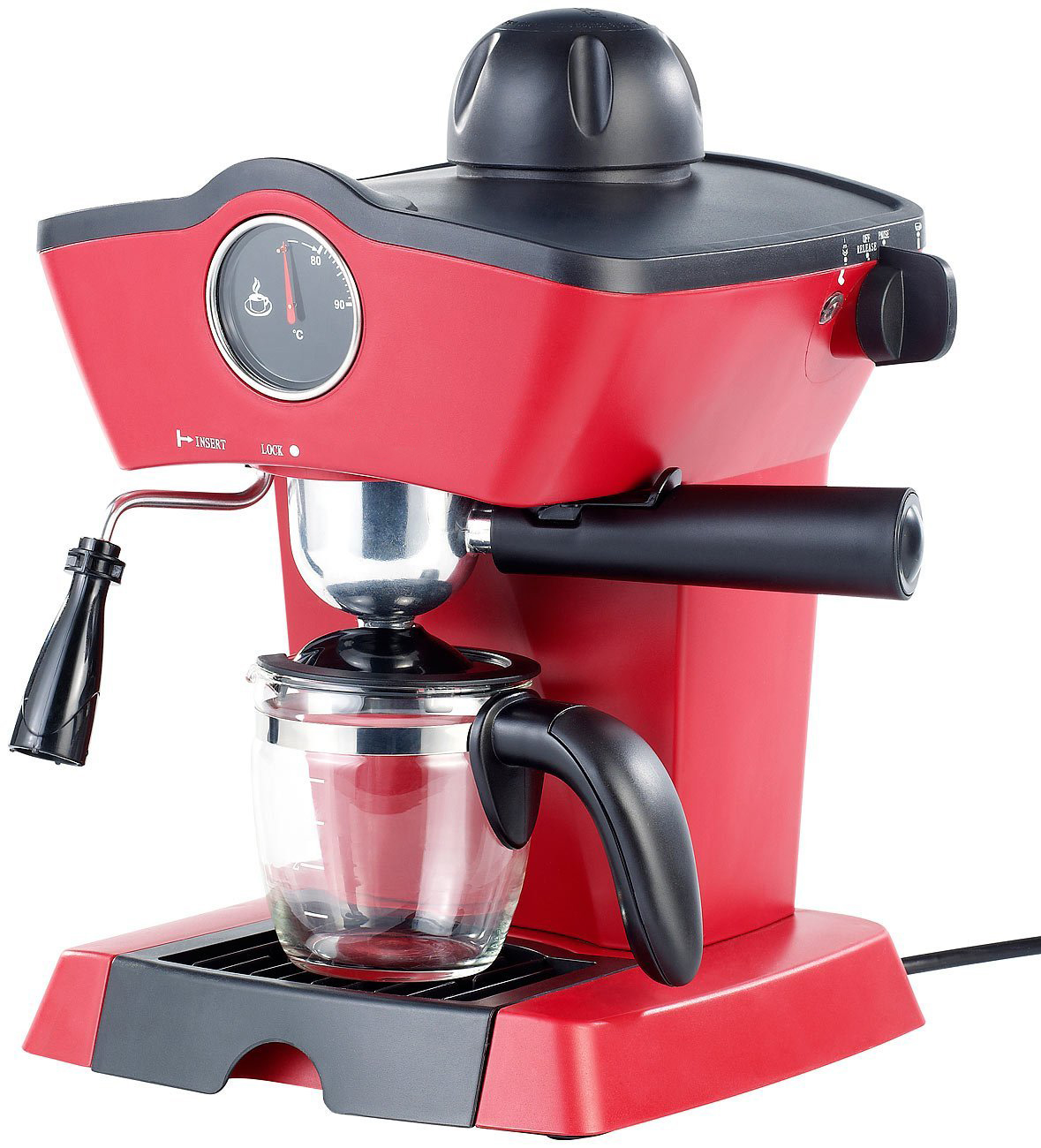

Finally, the water passes through the coffee into the waiting cup. The pump then sends the pressurized water through the group head that is holding the portafilter.

Unfortunately, a heat exchanger is not as accurate as a dual boiler. In this case, the boiler would only be used for the steam wand, and a separate tube would run from the water source through the center of the boiler. Another way to do this is with a heat exchanger.

Separate temperatures are accomplished with a dual boiler, as described above. To create steam, you need boiling water that is considerably hotter than what is needed for brewing. The espresso machine needs to heat the water to a hotter temperature than it used to make the coffee. All of these coffee drinks are made with a single or double shot of espresso and various amounts of warmed and frothed milk. Image Credit: RaymondOng, PixabayĪs espresso machines became widespread, other drinks that are espresso-based developed like cappuccinos, lattes, Americanos, and many more. It can create smooth and creamy milk that is warmed, or it can make frothed milk. This is the most precise way of steaming milk. Remember the tamp? This is why it’s important as you use it to pack the grounds tightly, which sustains the pressure by not allowing the water to go through too quickly.Īn important part of the espresso machine is the steam wand. The water needs to be forceful enough not to just make it through the coffee, but to also extract the right amount of flavor, oils, and caffeine from the grounds. The pressure needed for an espresso is based on the same concept. If you sprayed your garden hose into the same strainer, the sand would be all over the sink. To give you an example, if you put sand in a tight-knit vegetable strainer and run your faucet over it, you will likely see a little sand in your sink. Image Credit: Alesia Kazantceva, Unsplash As we talked about above, the pressure of the water needs to create enough force to create the coffee. Not only is it responsible for moving the water, but it also regulates the pressure. The pump is what moves the water through the heater and through the coffee grinds. This is where the process starts, as the water is pulled from the tank.


 0 kommentar(er)
0 kommentar(er)
